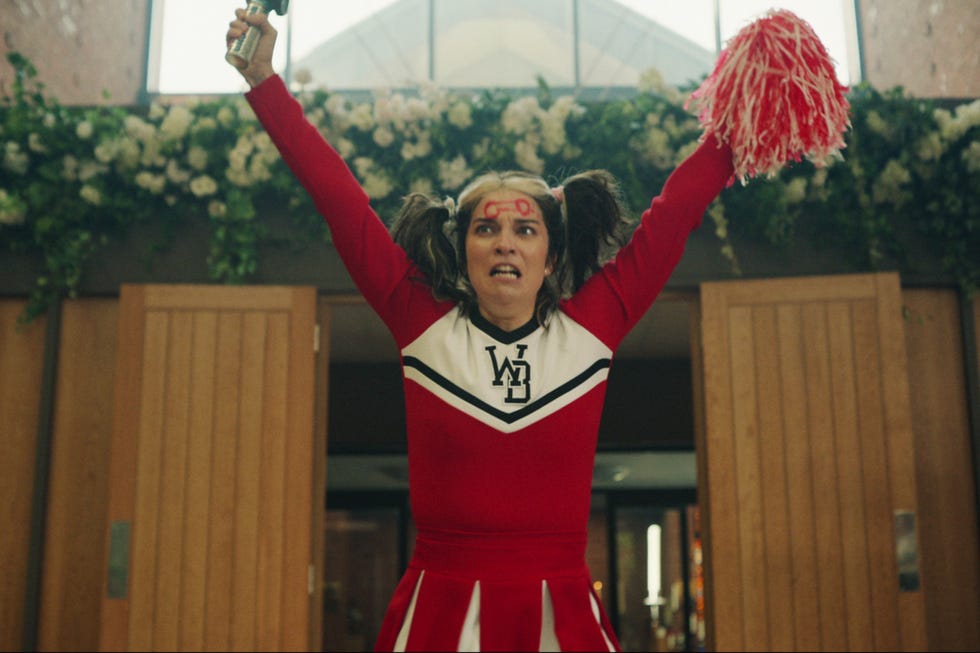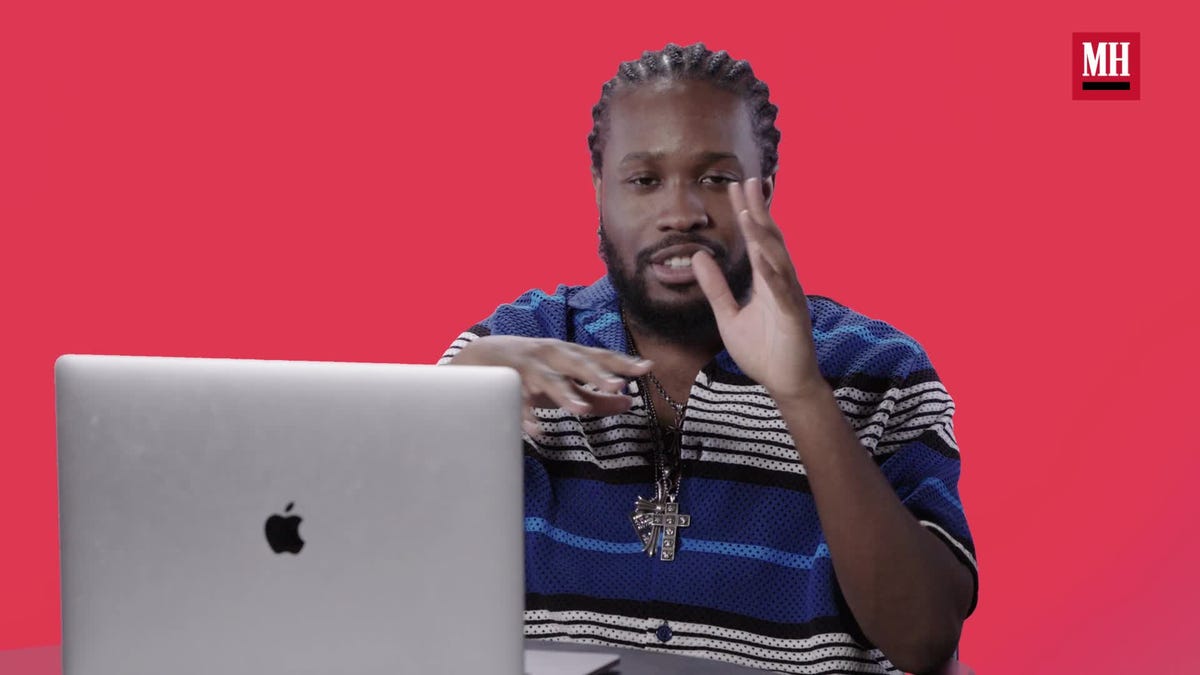The following story contains spoilers for “Joan Is Awful,” Season 6, Episode 1 of Black Mirror.
FOR NOW six seasons, Black Mirror has taken inventive, engaging, and, ultimately, exciting avenues to give us stories that ultimately prove just how scary and strange the technology around us really is. It’s a show that first and foremost has something to say on a social commentary and satire level, but always keeps that part of the equation hidden under layers and layers of mystery, intrigue, and twists. Oh, the twists.
Season 6 kicks off with “Joan Is Awful,” a complex, near-future sci-fi episode that seasoned Black Mirror-heads will be fully conditioned and that would probably make the heads of anyone watching the show for the first time fully explode. It is that wild with that many twists—and the glory of the show is that even after a fully-immersive and fun hour of television, everyone should come away with a very clear moral to the story.
As “Joan Is Awful” opens, we follow a mid-level tech corporation executive named Joan (Annie Murphy) who goes through her unremarkable life in a rather routine manner: she wakes up, has breakfast with her fiance, sings along to a hip-hop song in her car, gets into the office and has to fire one of her closest work friend; meanwhile her her ex-boyfriend is in town and texting her in a rather flirtatious manner. Joan has a lot going on in her life.
After a session with her therapist results in Joan wanting to once again become “the main character in her own life,” she agrees to meet with her ex-boyfriend (Rob Delaney) at a bar, where they flirt, discuss their past, and briefly kiss. Joan goes home to her fiance and they decide to watch a new show on Streamberry (the Black Mirror universe’s version of Netflix): Joan Is Awful. Shocker! This show is Joan’s life, and she’s played by Salma Hayek. What in the world?
Everything in Joan’s day is put on screen for the world to see—albeit in an exaggerated manner. And so our episode’s mystery is set in place, with lots, lots more to be revealed.
What is the twist in the Black Mirror “Joan Is Awful” episode?
The first of many twists: Joan goes to see her lawyer to figure out what the hell is going on with Joan Is Awful and how, exactly, her life is being so specifically depicted on screen, and in such a fast manner. The answer: those pesky “terms” forms that we all quickly scroll through and sign without actually reading. Streamberry, it turns out, acquires the right to create everyone’s likeness for their own content—including, here, Joan. Her lawyer puts it bluntly—there’s nothing she can do. Streamberry owns the rights to her life story. And Salma Hayek? Well, it’s not actually Salma Hayek. It’s Salma Hayek’s likeness, acquired by Streamberry and made to generate the content of Joan Is Awful using a super-advanced Quantum computer.
Joan has an idea: she’s going to get Salma Hayek’s attention. And so she eats a ton of fast food, drinks a ton of laxatives, puts on a cheerleader outfit, and goes to take a big old crap in a church during a wedding. She knows this will be depicted in the show, and will get Salma’s attention. It does! The rest of the episode finds Salma and Joan figuring out how to make this madness stop (Salma’s likeness, it turns out, is also out of her hands).
There’s one more big twist in the episode: the Joan we’ve been following all episode? She’s not the real Joan. She’s a layer of the reality simulation we’ve been seeing—a “Joan” played by actress Annie Murphy, of Schitt’s Creek fame. The episode has showed all sorts of actors who’ve licensed their likenesses: Cate Blanchett, Himesh Patel, Ben Barnes, Michael Cera, all of whom show up at various points of the episode as simulations of people in this world.
The real Joan, it turns out, has made her way to the Streamberry office, and has threatened to take an axe to the Quantum computer to put an end to this once and for all: and she does. As the episode closes, we see the real Joan being escorted out of the Streamberry office in handcuffs, and Annie Murphy talking to the authorities. The episode closes with the real Joan discussing her post-Joan Is Awful life with her therapist (with a house arrest bracelet on her ankle); after the credits, we see her working at her own Coffee shop, and Annie Murphy (also wearing an ankle bracelet) comes by to visit. Both are happy.
What is the takeaway from Black Mirror’s “Joan Is Awful”?
The big moral of “Joan Is Awful” comes from a couple things we can all related to in the tech world: firstly, well, none of us ever read those “terms” sheets before signing them. And maybe we should! Netflix or Apple or any of those companies may very well own all of our likenesses at this very second, and none of us would be any the wiser. It’s grim stuff and, as always, the Black Mirror team led by Charlie Brooker has turned it into a captivating story.
There’s also the idea of CGI and AI technology moving past the uncanny valley phase into something that we can’t even decipher between real and fake. This brings to mind a trend in film and television that started with 2016’s Rogue One: A Star Wars Story, when actor Peter Cushing—who died in 1994—seemingly reprised his role from 1997’s Star Wars: A New Hope. It was, in fact, extremely advanced technology, but it created an interesting and quite scary precedent, one that has continued in recent years to revive deceased and other celebrities for various big screen appearances.
There’s also the whole Deepfake world, where people and their likenesses can seemingly be put into any situation at any time without anyone’s consent.
The combination of these many ideas is a frightening image—and one that Black Mirror knows is made all the scarier by the fact that none of it ever seems all that far-fetched.
One thing’s for sure: next time, we’ll all probably read at least a little of that terms document.

Evan is the culture editor for Men’s Health, with bylines in The New York Times, MTV News, Brooklyn Magazine, and VICE. He loves weird movies, watches too much TV, and listens to music more often than he doesn’t.





Comments are closed.